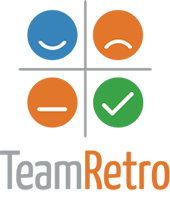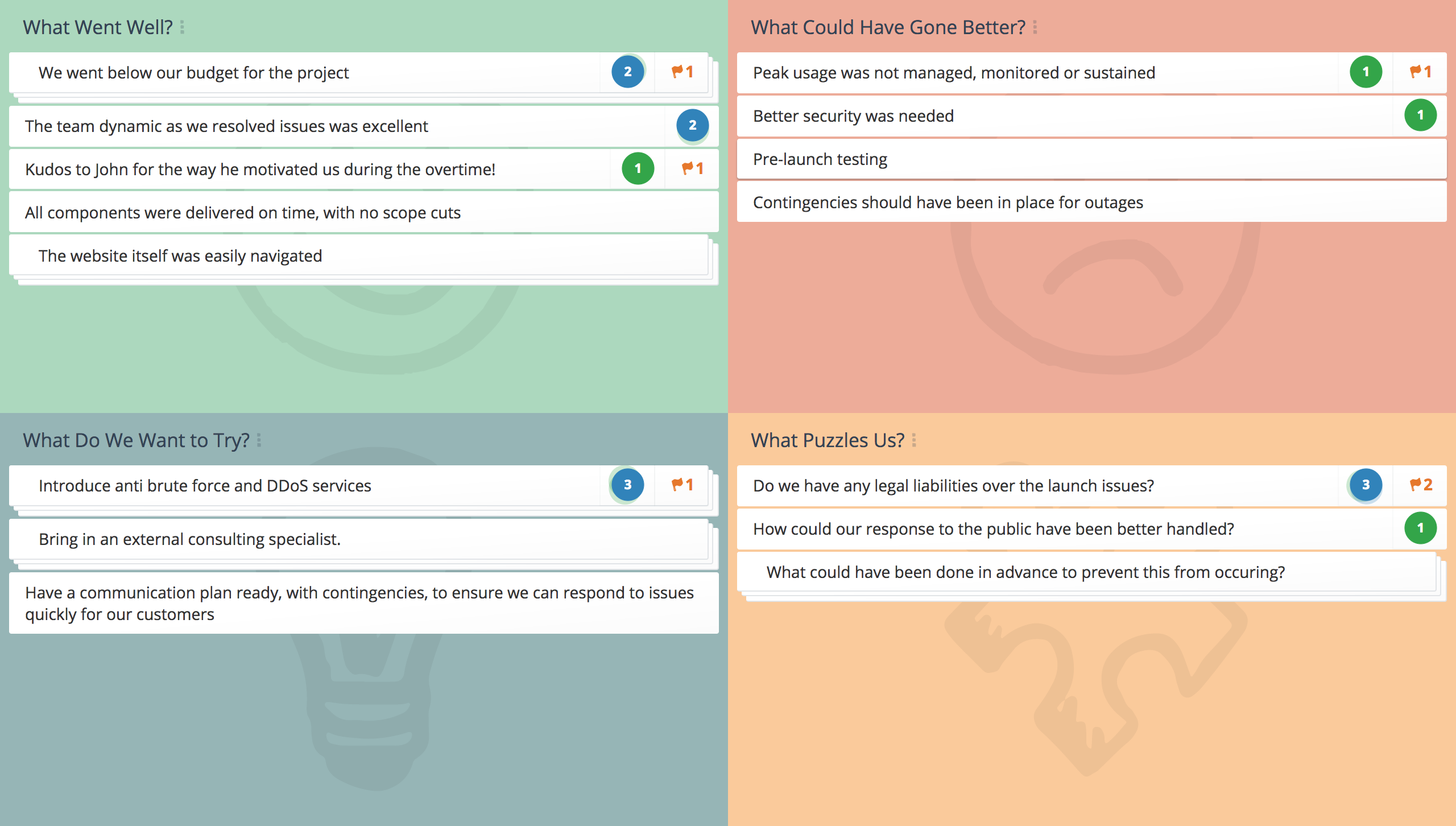
What is an Agile Retrospective?
An agile retrospective is a short meeting for project teams to reflect on the most recent stage of their project, analyze their processes, and identify things they can do better moving forward. Regular agile retrospective meetings support constant learning and improvement over the life cycle of the project.
The agile retrospective focuses on four areas:
- What went well?
- What could have gone better?
- What do we want to try next?
- What puzzles us?
Depending on the type of project, this project review technique is sometimes called an iteration retrospective, sprint retrospective, or scrum retrospective.
Why Do an Agile Retrospective?
Regular agile retrospectives are a cheap, fast, and effective way for project teams to improve continuously. They:
- Provide dedicated time to reflect, analyze, and decide on how to do things better.
- Provide a forum to celebrate success and progress.
- Improve team communications and create an opportunity to “clear the air.”
- Address issues regularly, eliminating problems sooner rather than later.
- Bring everyone up to speed on current challenges and goals.
- Empower teams to solve problems, develop solutions, and own their decisions.
- Provide an opportunity to reach consensus on future actions moving forward.
- Offer a great opportunity for team building and energizing the team.
Who Should Do an Agile Retrospective?
The agile retrospective is best known as a tool for agile software development teams (including scrum, extreme programming). However, it is broadly applicable to any project.
- Start stop continue retrospective
- 4Ls retrospective
- Starfish retrospective
- Anchors and engines
- DAKI retrospective
- Carefully select participants to provide expert knowledge but also a fresh perspective.
- Use technology to involve critical people in different locations rather than miss their contribution.
- Minimize Groupthink by brainstorming ideas individually then combining issues to get the overall picture.
- Be specific rather than broad when defining ideas.
- Use quantitative data where possible to focus on the crux of issue.
- Provide adequate time in the session to rank and prioritize ideas.
- Communicate outcomes to stakeholders and regularly update progress on actions.
Agile Retrospective Template
What went well?
Questions to ask:
- What were you pleased with?
- What produced good outcomes?
- What tools and techniques worked well?
- What things should we continue to do?
- Any praise or thanks you want to give to team members?
What do we want to try next?
Questions to ask:
- What haven’t we tried before that could work?
- What one new thing would you like to try?
- What new approaches should we experiment with?
What could’ve gone better?
Questions to ask:
- What went wrong?
- What is not delivering value?
- What areas do you see for improvement?
- What didn’t go as expected?
What puzzles us?
Questions to ask:
- What unanswered questions do you still have?
- What issues should we investigate further?
- Are there things we do with unclear value?
How to Run an Agile Retrospective
Because project team members are often distributed across different locations, attendance at regular agile retrospectives may prove difficult. Using new tools and approaches other than the usual sticky notes and whiteboards become necessary.
Software that facilitates simultaneous online brainstorming and collaboration such as GroupMap, really come into their own in these situations.
The time to run an agile retrospective meeting will vary depending on each project. However, there’s no reason why you can’t identify and prioritize issues and develop an action plan in 30 minutes.

Scene Setting
Clearly define the scope of the retrospective – eg. which team, which timeframe.

Brainstorm
Discuss and populate each section of the agile retrospective template.
Group
Discuss and group any common themes.

Prioritize
Vote on the key areas you need to take action on.

Action Plan
Identify actions for each priority idea. Assign responsibility and timeframes to a group or individual.
Share
Share the outcomes of the session, including the action plan, to relevant stakeholders.
Revisit the “Prime Directive” to lay the ground rules and establish expectations for behavior during the meeting.
Regardless of what we discover, we understand and truly believe that everyone did the best job they could, given what they knew at the time, their skills and abilities, the resources available, and the situation at hand.
- Ensure everyone knows who’s attending and what their role is, especially if not everyone is in the same location.
- Restate the objectives of the whole project and how it aligns and contributes to the organization.
- Look at ideas and review progress on actions generated in previous Agile Retrospective meetings and decide which of those to include in this session.
- Define the timeframe and the focus for this session.
Agile Retrospective ideas may be gathered individually or as a group using a whiteboard, sticky notes, Google Docs, or a specialized online collaboration tool such as GroupMap.
Start by capturing ideas for “What went well?” and then move onto the other three quadrants in order. Each idea should be made visible to everyone, and discussed, clarified, and challenged where necessary, to ensure all participants have a shared understanding.
It’s important to drill down to the root cause of each idea and support it with data where possible. That includes things that went well and those which didn’t.
Organize the ideas by removing duplication, combining those which are thematically similar, and discarding any which aren’t in scope.
The final statements should be specific and actionable, rather than just general opinion.
With the template fully populated, the team votes on which ideas provide greatest opportunity for improvement and therefore should be actioned.
The usual method of voting is to give each team member between one and five votes which they allocate to those issues they feel are the most critical to address. The result is a visual indication of the team’s priorities.
Develop solutions for priority issues and identify what actions to take. The key to this step is to focus on a few critical activities that can be accomplished with the resources available, rather than try and solve everything all at once.
It’s important to assign measurable goals or success criteria to each action so progress can be assessed in subsequent meetings.
Distribute the final report on the session with the associated action plan to the team members. Ensure all participants are clear on what needs to happen and by when. This report provides the roadmap for the next stage of the project and a starting point for the next retrospective.
GroupMap automatically generates visually appealing reports and action plans in several formats for distribution, saving time and effort after the analysis.
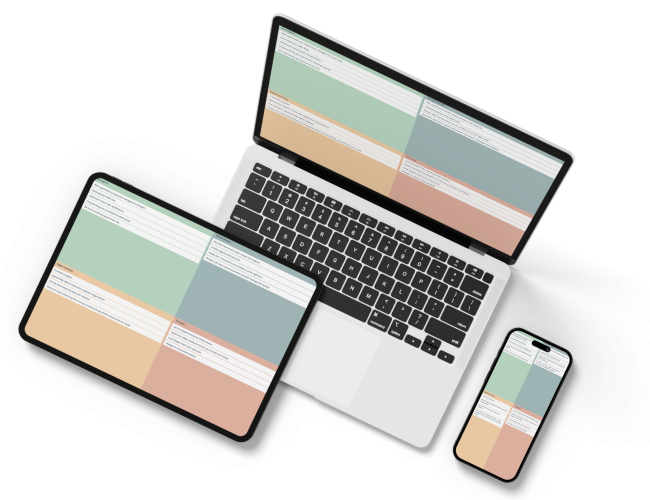
Save Effort, Time and Money with GroupMap
GroupMap offers more than just an online digital whiteboard—it’s innovative platform is designed to enhance the quality of your team’s decisions. With features that prevent bias and make facilitation seamless, GroupMap ensures no single voice dominates and ensures productive, inclusive conversations.
Its intuitive interface is easy for anyone to use, and its scalable design supports small teams and large groups whether they are face to face or around the globe. Customisable templates and workflows keep discussions focused on objectives, helping you drive actionable outcomes each and every time.
Create your first map and invite people in to start sharing their thoughts NOW.
Experience the power of GroupMap with our FREE 14 day trial.
Your free trial gives you access to all of our features, no credit card required.
